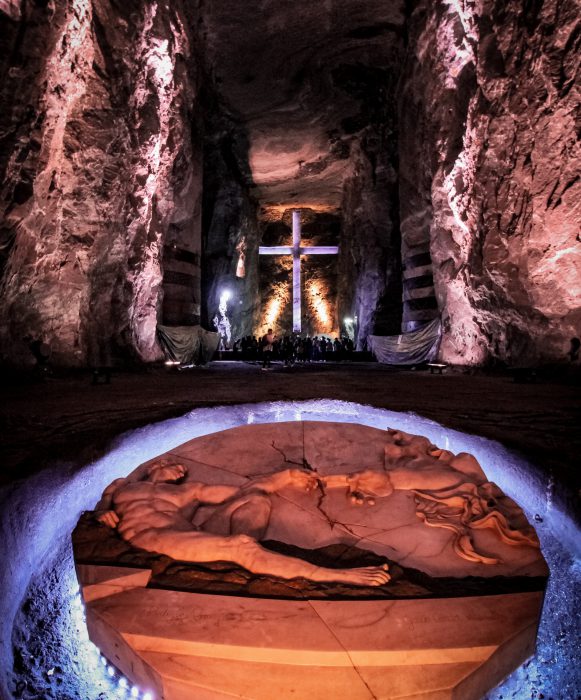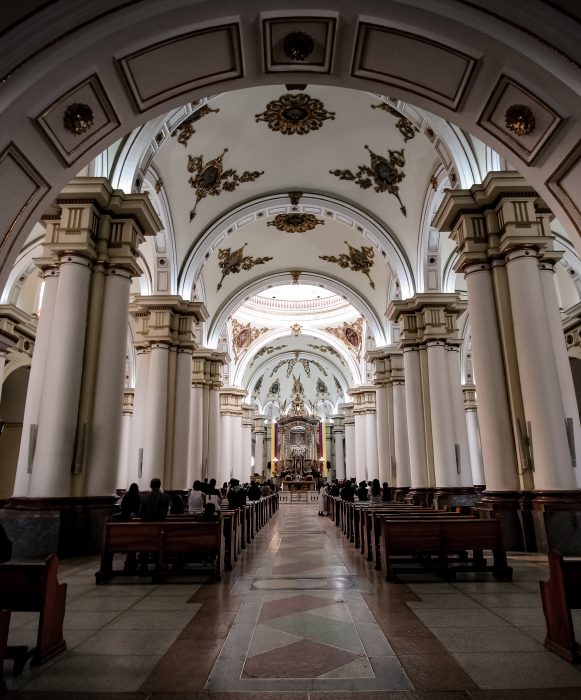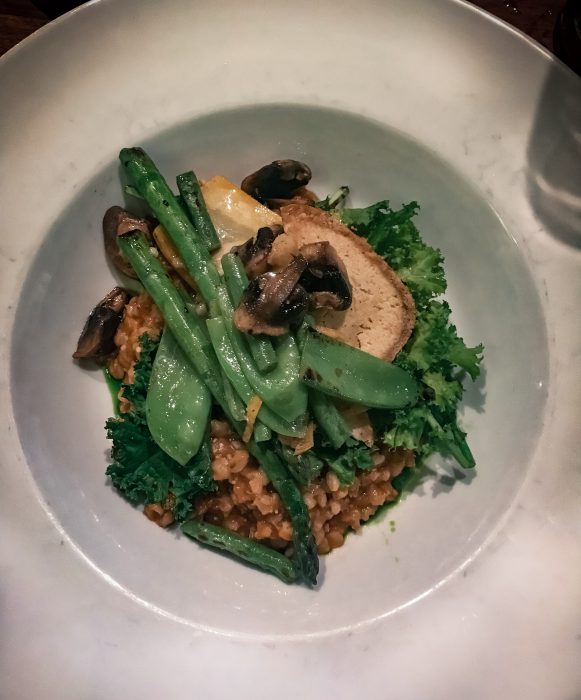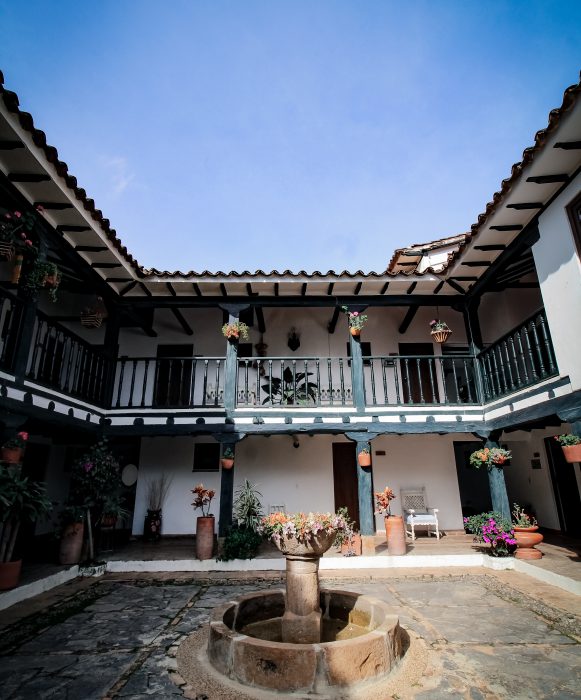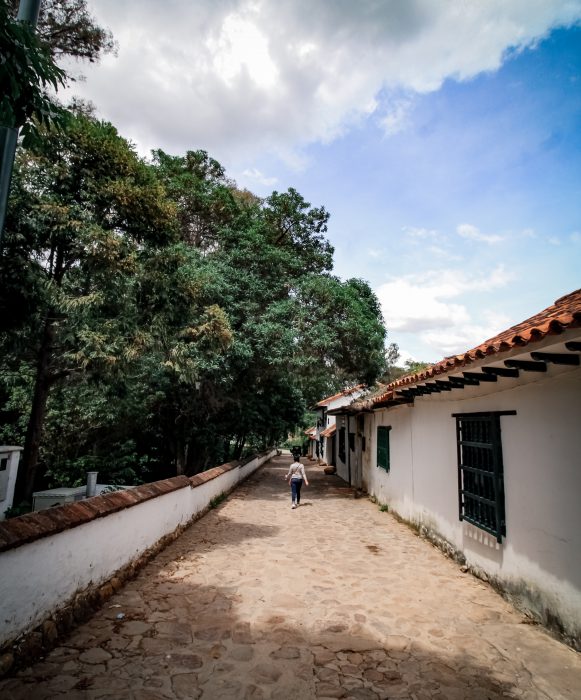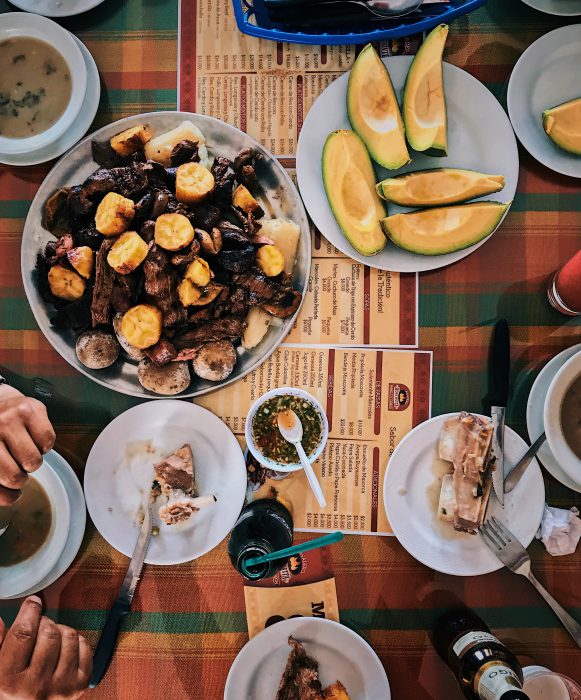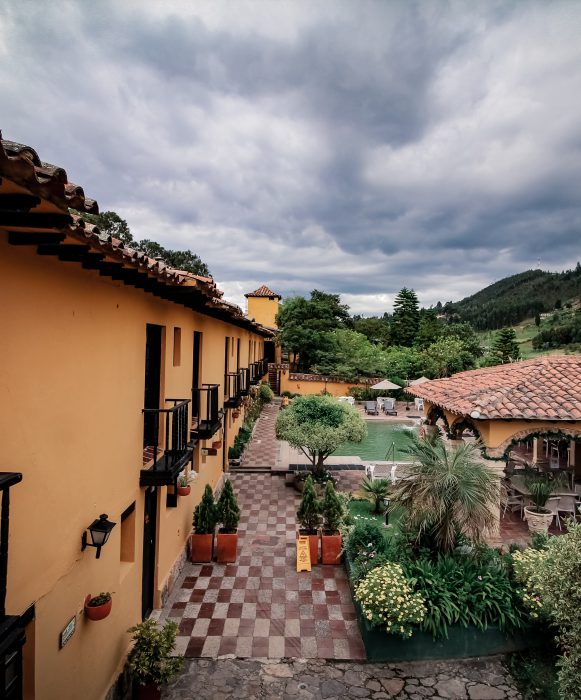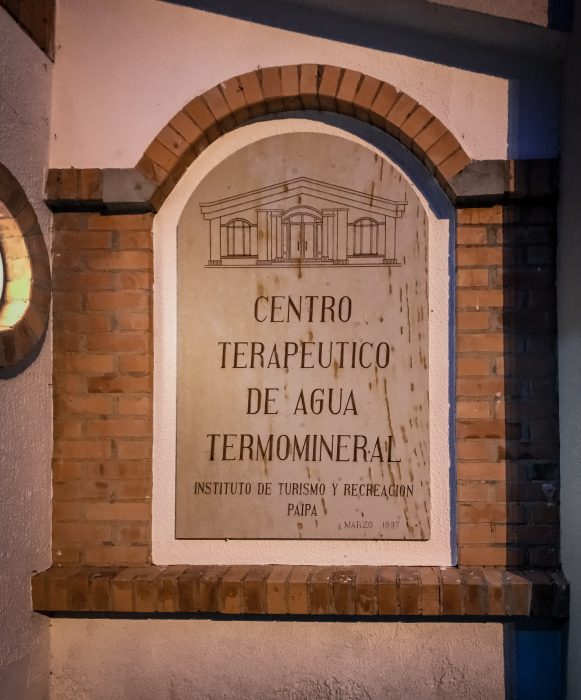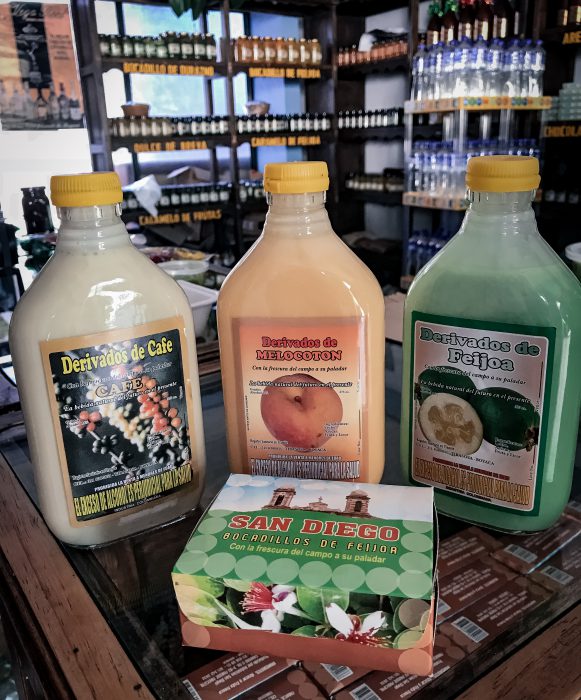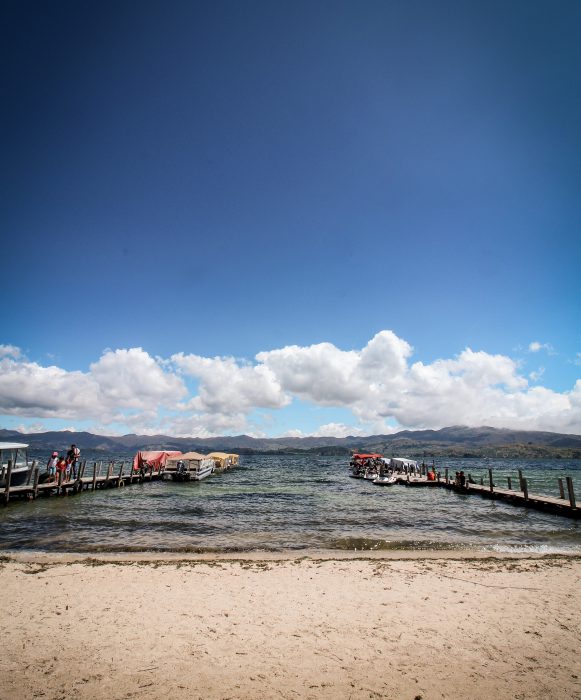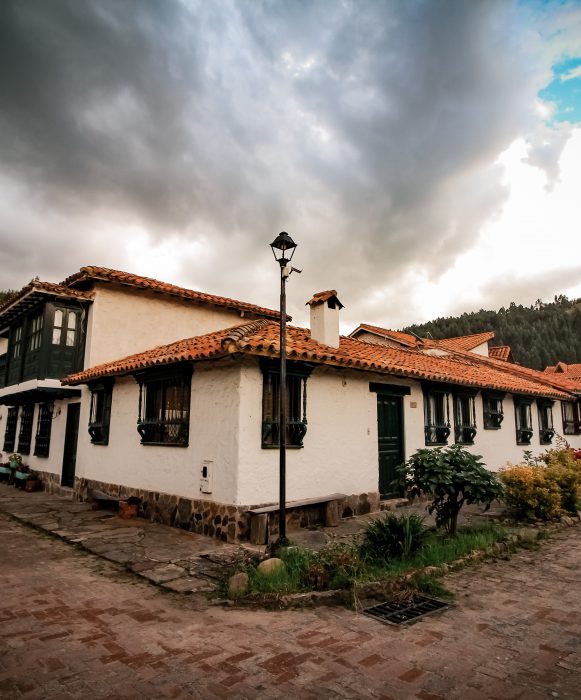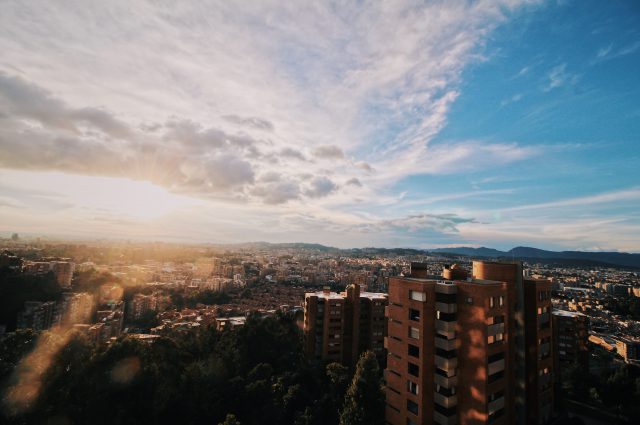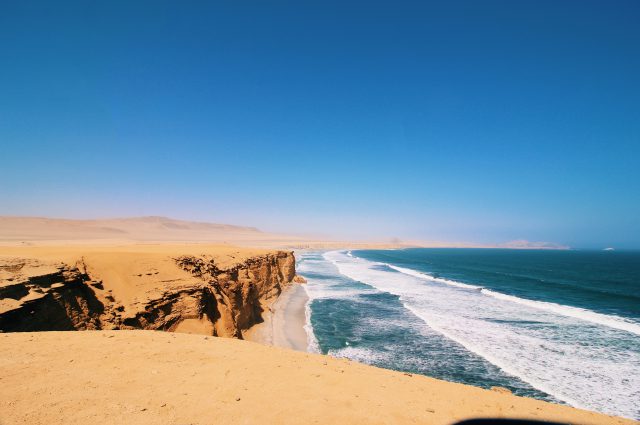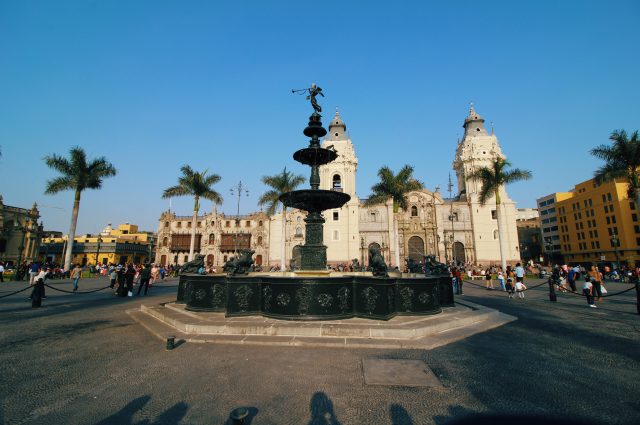About 2 hours away from Colombia’s capital of Bogotá, lies a region rich in tradition and plentiful in national identity. The region of Boyacá has gifted the country with many treasures – fertile lands that produce some of the country’s agricultural food staples, artisan crafts that are imitated (though never matched) in international fashion and decor, and cyclists who have given the country many joys in some of the world’s most competitive cycling events. Visiting Boyacá, Colombia is seeing this South American country in a completely different light – away from the bustle of its busy cities and the allure of its beachside towns. It is experiencing the tranquility, beauty and hospitality of a region that feels lost in time yet is an integral part of Colombia’s beating heart.
Boyacá
- Colombia
- 3 DAYS
- See
Days
60’s-70’s and partly sunny in November
Car
Hotel Getsemaní in Villa de Leyva and Hotel Casona El Salitre in Paipa
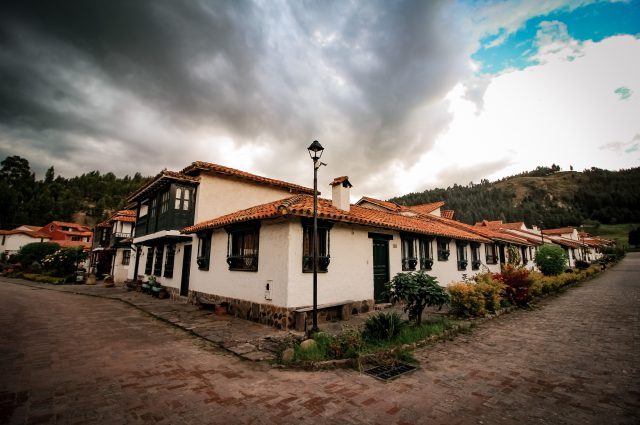

Day 1
Exploring Zipaquirá’s Underground Salt Mine Cathedral
- Tour Package Price
- 2-3 hrs
- Culture
Our 3-day tour of Boyacá, booked through local tourism agency Paipa Tours, started promptly at 8A when our guide, a jovial man named Marco, arrived excited to whisk us away from the hustle of Bogotá to the much more tranquil Boyacá. Seated comfortably in a van that was perfect for us and our friends (including the traveler behind Perspectivas!) we set out to our first stop, the Zipaquirá Salt Mine Cathedral. Located in the region of Cundinamarca, where the city of Bogotá is also located, this popular tourist spot is an underground cathedral made within a functioning salt mine 190 meters underground. It’s crazy, we know, but you quickly forget how deep beneath the earth’s surface you are once you start taking in its grandeur.
The cathedral dates back to the 1930s when miners created a makeshift chapel deep within the mine. It wasn’t until the late 90s that the full church was constructed and since then, has served as a place of religious worship. In order to get to the cathedral, you must first walk through a long tunnel that leads you underground to its stations of the cross. Each stop has a unique cross and kneelers cut in massive slabs of rock, all beautifully illuminated with LED colored lights. After walking past the stations, we came across the choir chamber which overlooks the main altar and gives visitors their first glimpse of the cathedral’s stunning crucifix. From afar, you may think the crucifix is a massive cross made of white stone. However, it isn’t until you are within the cathedral’s main chamber that you can see that the cross is actually an outline cut into the mine walls and illuminated with LED lights. The Salt Mine Cathedral of Zipaquirá is an astounding wonder of Colombia and was the perfect beginning to our tour!
Learning about Colombia’s Religious Tradition in Chiquinquirá
- Tour Package Price
- 45 mins
- Culture
From the Zipaquirá Cathedral, we buckled back into our van and, through winding roads and beautiful mountainous landscapes, made our way to Boyacá. I can’t underscore enough how stunning the views are along the way. Through potato and corn fields and farmlands that spread out as far as the eye can see, Marco, our tour guide, spoke to us with great passion about the region’s agricultural tradition – thanks in large part to the area’s altitude, climate, and fertile land. Little by little, we were getting indoctrinated into these lands and, with each breath of fresh air, felt at peace and at home.
Our first stop in Boyacá was Chiquinquirá, the religious capital of Colombia and the home of the country’s Patroness Saint, the Lady of Chiquinquirá. The Lady of Chiquinquirá’s home stands beautifully tall and proud – overlooking the town’s main square. Upon entering, it’s impossible not to feel a certain level of deference and respect as you see devout pilgrims deep in prayer. In a country where over 90% of the population is Catholic, it’s impossible to ignore the important role religion plays in Colombia and Chiquinquirá is an important reference point in that tradition (Pope John Paul II has even visited the Cathedral!). The religious fervor stems from the legends that surround the painting of the Lady of Chiquinquirá – which today is found in the church – stories of miracles that have captivated Colombians’ hearts for centuries. In 2019, the town will celebrate the centennial of the Lady of Chiquinquirá’s proclamation as Patroness Saint of Colombia, with innumerable activities planned to celebrate the occasion.
Soaking in Colombia’s Colors at Ráquira
- Tour Package Price
- 1 hr
- Leisure
After taking a moment for prayer in the Cathedral of Chiquinquirá, we set out once again – this time to one of Boyacá’s most colorful destinations, Ráquira. Though the towns in Boyacá have many similarities, such as the main town square with its surrounding church, municipal offices, and corner bodegas, every town has its own distinct look. And Ráquira’s is one full of color and local craftsmanship! The town is known as the pottery and artisan destination of Boyacá. Every store is a sensory delight – facades are painted in the brightest of colors, woven hammocks and pottery work hanging from the balconies and inside, you’re bombarded with the most beautiful work handcrafted by local artists.
Though every store has very similar work, each one of them is worth exploring and enjoying – we couldn’t get enough of their hanging wind chimes with parrots and traditional Colombian hats, coasters, hand-painted vases, typical games and more. After getting lost through its artisan stores, we stepped into an artisan studio that also served as a little coffee shop. We each grabbed a tinto (the Colombian word for black coffee) and walked outside to the studio’s courtyard where 2 artists were making the most beautiful vases and mirrors by piecing together colorful tiles. The talent is astounding and, like some of the best things in life, imitated often. If there’s one word of caution we can give you upon visiting Ráquira is this: pay attention to what you buy as pirated items have made their way into these stores and are selling at lower prices than the authentic goods developed by local artisans.
Dinner in Colombia’s Iconic Villa de Leyva
- $$$
- 2 hrs
- Food & Drink
Nightfall had arrived by the time we got to our last stop of day 1, Boyacá’s Villa de Leyva. We said goodnight to our tour guide, dropped off our bags at the hotel and set out to explore this magical town. Villa de Leyva is a popular destination in Boyacá and, on weekends, it’s usually overflowing with tourists. Thankfully, we arrived on a weekday and as a result, were able to enjoy the town in a peaceful solitude that made it feel like our own. We walked its cobblestone streets and arrived at Villa de Leyva’s main square – an expansive open area that during nighttime glows in the yellow tints of the street lights.
After taking some selfies, we set out to a nearby restaurant called Mercado Municipal. Located within a colonial house built in 1740, the restaurant specializes in wood fire cooking and explores Colombian flavors with a twist – taking typical ingredients and mixing them with non-traditional ones. The dish I ordered, a risotto de cebada perlada, is a prime example of the restaurant’s flair. Cebada perlada, a local barley, is cooked as a creamy risotto and served with tofu, mushrooms, asparagus and snow peas. Paired with a nice cold beer, this was the perfect meal to end our first day in Boyacá.
Day 2
Photographing the Quaint Getsemaní Hotel
- Tour Package Price
- 1 hr
- Lodging
Villa de Leyva has plenty of activities in the surrounding area that are widely popular amongst tourists – from Casa Terracota to the Fossil Museum, a winery and even ATV tours. Because of this, Paipa Tours gives tourists the morning free in Villa de Leyva so they can explore it on their own. Captivated from our brief nighttime walk through its streets, we opted instead to use our free time to take in the town square and surrounding streets once again, this time in full daylight.
We started our day bright and early by photographing our beautiful hotel, Hotel & Spa Getsemaní. All buildings in Villa de Leyva have a consistent aesthetic look – clay tile roofs, white walls, and green window shutters and doors – and this hotel is not the exception. The 2-story establishment surrounds an open courtyard with a central fountain and blooming greenery. You truly feel like you’re in colonial times. Once we finished snapping some pictures, we had a complimentary breakfast and, let’s just say, this is not your average continental grub. Arepas, freshly baked cheese bread, hot chocolate, eggs, fresh coffee and a delicious assortment of fruit gave us the sustenance we needed to start our day off right.
Only a few blocks away from the main town square, Hotel Getsemaní was the ideal resting spot for our first night in Boyacá.
Strolling through Villa de Leyva’s Signature Streets
- Tour Package Price
- 2-3 hrs
- Leisure
Well-fed, we set off to explore Villa de Leyva by foot. Our first stop was the central square. Now in daylight, we got to appreciate a completely different type of splendor – deeply green mountain ranges providing a striking backdrop to the main church and contrasting beautifully against the town’s signature white colonial architecture. As we got lost through Villa de Leyva’s streets, we got a taste of the town’s tranquil yet delightful life: An elementary school group giggling as they walked towards their school. A quaint restaurant establishment starting up the fire for the day’s meal preparation. Locals drinking coffee in the corner bodegas. The gentle sound of rolling water as we walked across stone bridges. A stray dog wanting to join our walking tour. It was all so simple and peaceful… and stunning.
Our aimless frolic took us to another town square – this one commemorating a Colombian independence hero, Antonio Ricaurte. Born in Villa de Leyva, Ricaurte became a symbol of the Colombian Air Force for being the first man to “fly,” bravely setting on fire a room full of explosives when he was surrounded by the enemy – and literally flying into the air when the gunpowder exploded. His Villa de Leyva home currently serves as a little museum and is definitely worth exploring, particularly its beautiful garden.
After so much touring, our visit to Villa de Leyva was perfectly capped off with sweets that are native to the town: Beso de Novia, a cookie confectionary and artisanal ice cream made with Colombian fruits.
Touring and Eating in Boyacá’s Capital, Tunja
- $
- 1 hr
- Food & Drink
Promptly at 12 PM, Marco was waiting for us at the hotel to take us to the capital of Boyacá, Tunja. As might be expected with a capital city, Tunja is blustering with noise, traffic, and smog – a jolting contrast to Villa de Leyva’s tranquil living. Though its main square captures some of the colonial essences of other towns of Boyacá, including its Cathedral (the oldest in Colombia), Tunja’s main square has cold and stark government buildings that are impossible to miss. In fact, what would have been the longest, continuous balcony in Latin America (located along one of the edges of the main square) was interrupted when a more modern looking facade was constructed, taking down a portion of the balcony. With all of its modernity, Tunja’s history is plastered in its over 18 churches – the majority of which were constructed during colonial times by indigenous communities and which served as the places where many natives were converted to Christianity.
When it comes to Boyacá’s traditional cuisine, Tunja also offers plenty of places to choose from. With a local as our tour guide, we couldn’t go wrong with his recommendation – Asadero Moscovita, a no-frills establishment serving up some homestyle regional cooking. Personally, the meal here struck a chord, reminding me of the flavors of my childhood. In particular, the soup of the day, a delicious sopa de cebada perlada or barley soup, took me back to one of my grandmother’s signature soups. Paired with a delicious picada or a platter of meats and potatoes meant to be shared, the meal was quick and inexpensive, yet delicious.
Colonial Hotel Goals at Paipa’s Hotel Casona El Salitre
- Tour Package Price
- Lodging
Our resting spot for Day 2 was the city of Paipa, another popular tourist stop in the region of Boyacá (more on why later). Once again, the hotel in Paipa delivered – completely blowing us away with its beauty and history. Dating back to the 1700s, the Hotel Casona El Salitre is considered a historic landmark. It was here, in 1819, that Simon Bolivar, the famous military general who liberated present-day Colombia (amongst other Latin American countries) from Spain, stayed on this property before the important Battle of Boyacá, which consolidated Colombia’s independence from Spanish rule. The hotel doesn’t shy away from its history and famous guest, even earmarking the room he supposedly stayed in as the hotel’s Suite and naming it in his honor.
Whether you stay in El Salitre’s famous suite or not, guests won’t be disappointed. From its colonial architecture and beautifully arched balconies to its period furniture and bolt door locks, the hotel took us back in time. We honestly couldn’t get enough of the grounds, which include a thermal pool, a quaint little chapel, a restaurant and bar, and breathtaking views of Paipa and its surrounding mountains. The staff is also stellar, welcoming us with a smile, humility, and hospitality that are without a doubt synonymous with the region.
Relaxing in Paipa’s Signature Thermal Water Pools
- Tour Package Price
- 2 hrs
- Leisure
Paipa is Boyacá’s tourism capital thanks to its popular thermal water pools. The city is filled with these establishments – typically visited by local-based tourists looking to tap into the health benefits of these natural waters. That evening, we visited the Centro Terapéutico de Agua Termomineral – a location that specializes in a variety of hydrotherapy treatments and thermal spa services. A stunning sight before entering the Center is the large volcanic crater, known as the Pozo Azul or the “Blue Well”, filled with boiling natural water that can reach temperatures of over 165 degrees Fahrenheit. Enveloped in natural steam that rises from the water well, the crater sources the water used within the Center’s pools.
Once inside in our bathing suits and funny looking hair caps, we had a 2-hour hydrotherapy session which consisted of 6 stations. We started out in the hydromassage pool which gently massages different parts of the body thanks to its pressure valves around the pool. As we slowly relaxed, we moved on to the bubble pool, jacuzzi, and sauna. All of these stations prepare your body for what’s considered a highlight of these thermal water pools – the application of thermal mud which is said to help eliminate toxins and remove dead skin cells. From the strong sulfur smell that emanated from the mud to how funny we all looked covered head to toe in it, the experience was memorable and left us ready for an incredible night’s sleep!
Day 3
Toasting with “Sabajón” in Tibasosa
- Tour Package Price
- 30 mins
- Food & Drink
Rejuvenated from the thermal waters and a good night’s rest, we woke up ready to finish our Boyacá tour. As was the case with everything at Hotel Hacienda El Salitre, the complimentary breakfast did not disappoint (it honestly puts to shame every other free hotel breakfast we’ve ever had!). Colombian hot chocolate, caldo (a beef broth soup with short rib, potatoes and cilantro), changua (a milk-based breakfast soup that includes an egg, cilantro, scallions, and garlic), and a variety of cheese breads were just some of the things that gave us sustenance for the day ahead. By 9A, our tour guide was punctually waiting for us, and, though we were sad to leave the beautiful Casona El Salitre, we were ready for our first stop of the day – Tibasosa.
Tibasosa is worth the quick drive-by for its popular Feijoa fruit. A hybrid between guava and lime, feijoa is used for a variety of different sweets such as jams, packaged candy and even a green-colored dulce de leche. In addition, the region is also known for its production of sabajón, the Colombian version of eggnog that is made with the country’s spirit, aguardiente. Needless to say, there’s also a feijoa flavored sabajón sold at the local stores along the main square. Another interesting fact of Tibasosa is that, for most of its history, it has been governed by female mayors. In fact, all of Tibasosa’s female leaders are depicted along the exterior walls of the town’s municipal offices.
Visiting Colombia’s Mountain Beach at Lake Tota
- $30 pp
- 2 hrs
- Nature
Our tour of Boyacá originally included a different day 3 itinerary – with some of the stops noted below in our “Other Things to Do” section. However, Marco, who quickly became our trusted guide, recommended that Lake Tota was worth skipping some of the other stops for. And he was definitely right! At 3,115 meters above sea level, Lake Tota is referred to as Colombia’s “interior ocean.” The lake is the largest in the country and, thanks to its surrounding beach area, also the second highest in Latin America. After being blown away by the mountainous vistas and stopping at a high-point that provided an expansive view of the lake, we drove to the lake’s beach area to get an up-close look of its waters and white sands.
Even with the Andean breeze blowing through, the sun at this elevation gives locals and visitors a welcomed excuse to jump into the lake’s cool waters. Barefoot, we walked along the lake’s shore but there were plenty of people who sunbathed and were enjoying the lake. It’s not surprising that our tour guide referred to the lake’s beachfront as Boyaca’s “San Andrés con Ruana” or “San Andrés with a Poncho” – a humorous reference to Colombia’s tropical beach islands to the north and Boyacá’s signature artisan poncho production.
Seeing all of Boyacá in a Charming Little Replica
- Tour Package Price
- 2 hrs
- Leisure
Speaking of ponchos, Boyacá is very well known for their production, and the town of Nobsa is the epicenter of this artisan and traditional craft. Before wrapping up our adventures through Boyacá, we made a quick stop in this town to see the beautiful hand-woven ponchos, purses, and blankets that are made of the region’s natural wool. In some stores, we even got to see local artisans working on their elaboration.
With a woolen poncho and purse in hand, we got in our van one last time to mark the end of our journey in the most perfect way – by visiting the Pueblito Boyacense or the “Little Boyacá Town.” An actual residential neighborhood, the Pueblito Boyacense is a charming replica of some of Boyacá’s towns. With over 123 municipalities in the region of Boyacá, what makes each one distinct is its architectural style. In Pueblito Boyacense, the architectural look of the homes changes from block to block to reflect what makes each town distinct and unique. From Raquirá’s colorful facades to Villa de Leyva’s stark white and green homes, Pueblito Boyacense allowed us to reminisce about our amazing adventures through the region while reminding us that its beauty, hospitality, and natural splendor are incomparable to any other region we’ve visited.
Tips
- A simple and easy way to travel through Boyacá is by booking a tour that takes care of all logistics and Paipa Tours is an excellent option! Our package cost $330pp and included transportation to and from Bogotá and throughout Boyacá, accommodations, and access to the thermal pools in Paipa.
- Our tour guide and driver, Marco, was an integral part of our journey. He had a wealth of information and made the trip even more memorable. Don’t shy away from connecting with your guide and be sure to tip them well!
- We highly recommend staying more than one night at Paipa’s Hotel Casona El Salitre. With its amenities and impressive grounds, it is the perfect place to relax.
Other places to visit
- Museo del Sol (Sogamoso)
- Viñedos de Punta Larga (Nobsa)
- Casa Terracota (Villa de Leyva)
- Nemocón Salt Mine (Cundinamarca)
- Puente de Boyacá (Tunja)
- Pantano de Vargas Monument (Paipa)
